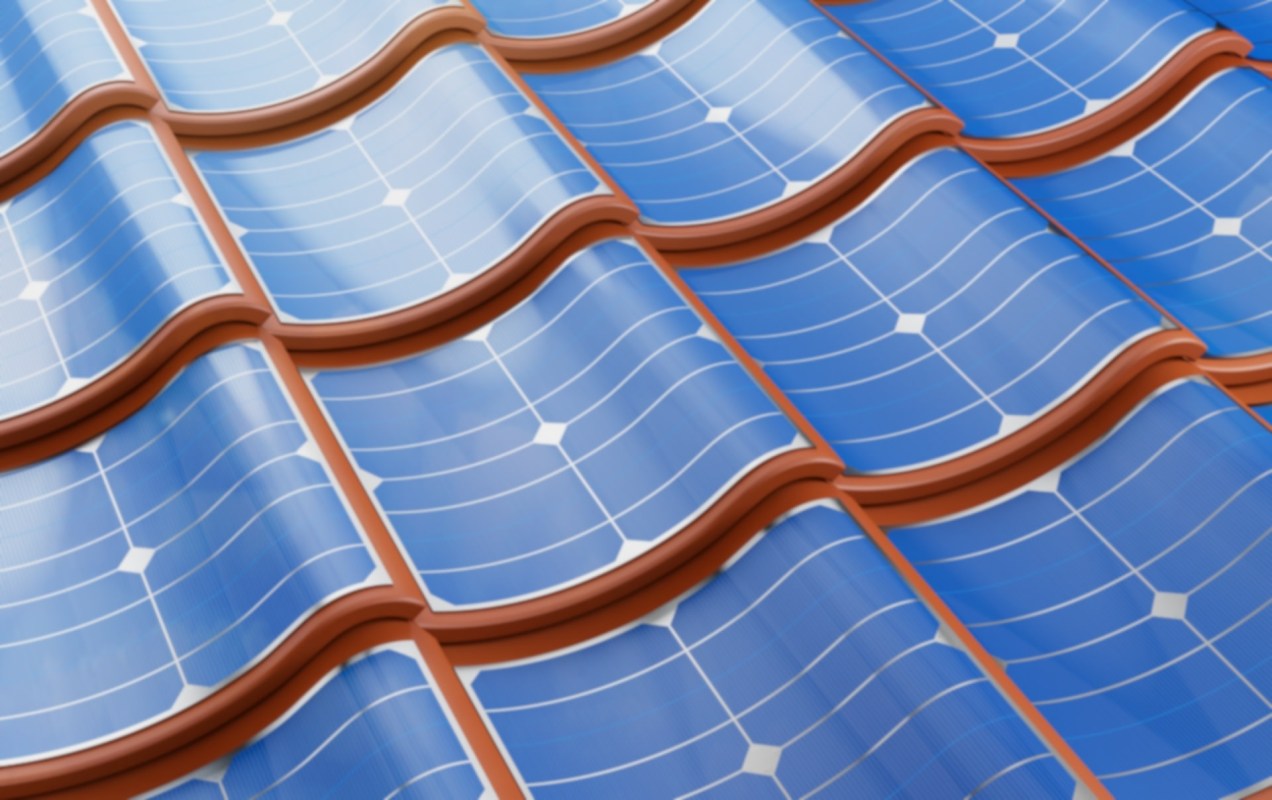An innovative, flexible solar cell being developed in South Korea has passed a crucial stress test.
Researchers from the Korea Advanced Institute of Science & Technology (KAIST) are working on a rubber-like sun-catcher made from organic materials. The idea is for these elastic cells to one day help power the wearable technology that is becoming more prevalent in society, per a KAIST research report.
"Through this research, we not only developed the world's best performing stretchable organic solar cell, but it is also significant that we developed a new polymer that can be applicable as a base material for various electronic devices that needs to be malleable and/or elastic," study lead Professor Bumjoon Kim said in the summary.
A photo shared by KAIST shows what it bills as a cell with the "world's greatest performance and elasticity" taped onto someone's arm. Another image shows the square cell, about the size of a square inch, being pulled and twisted between two tweezers, demonstrating the bendability.
The researchers said that stretchable solar cells that maintain strong electrical ability have been tough to produce until recently. But the new organic polymer they developed has been a game-changer in the research, in part because it is lighter and more flexible.
"Making them highly applicable for wearable electrical devices," per the report.
The polymer — and the research summary doesn't provide much more detail on it — has hit the "highest reported level of photovoltaic conversion efficiency" at 19%. That means it can turn sunlight into power rather well. The U.S. Energy Department states that organic polymers are attractive because they are "Earth-abundant" and can be produced at low cost.
KAIST's team has already exceeded the approximate 11% efficiency the department noted as a benchmark so far for organics.
What's more, it will make Stretch Armstrong proud, providing for 10 times more stretchability than comparable devices.
"The team thereby built the world's highest performing stretchable solar cell that can be stretched up to 40% during operation, and demonstrated its applicability for wearable devices," according to KAIST.
Other solar innovations happening in labs around the world include paper-thin, flexible cells that could be laminated onto surfaces. Scientists in Hong Kong have also created organic sun-catchers with near-20% efficiency. It's all part of the way we can transform our energy consumption to renewable solar, even for small devices like KAIST's work.
The research team sees the solar category growing.
"With the market for wearable electric devices growing rapidly, stretchable solar cells that can function under strain have received considerable attention as an energy source," the KAIST report states.
Join our free newsletter for weekly updates on the coolest innovations improving our lives and saving our planet.









